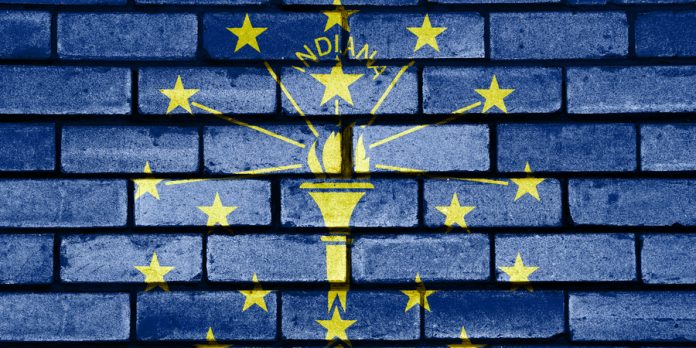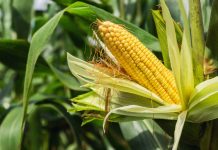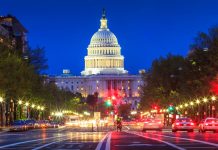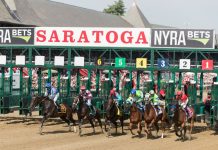Indiana saw sports betting volume slip below $250m in June while revenue jumped to more than $25m, a welcome result according to analysts at PlayIndiana considering a lack of local sporting action.
Online and retail sportsbooks accepted $246.3m in wagers in June, down 3.2% from $254.4m in May. And despite the drop, average betting volume remained at $8.2m per day over the 30 days in June, equaling the 31-day average in May.
On a positive note, sportsbooks generated $26.7m in gross gaming revenue from June’s wagering, which was up 48.5% from $18m in May. Adjusted gross revenue came in at $25.5m, yielding $2.4m in state taxes.
Jessica Welman, an analyst for the PlayUSA.com network, which includes PlayIndiana.com, stated: “With the early exit by the Pacers from the NBA Playoffs and with no event comparable to the Indianapolis 500, a relatively low-volume month is no surprise.
“Overall, Indiana’s sportsbooks have performed well over the last three months compared with other Midwestern states, which have so far experienced steeper declines in betting volume.”
The last three months — typically three of the slowest sports betting months of the year — have been a mixed bag for Indiana. Without meaningful year-on-year data to compare with, a product of market distortions caused by the pandemic, Indiana’s start to the slow season in sports betting can be difficult to quantify.
But Indiana’s 22.2% decline from $316.7m in March has so far been shallower than other Midwestern states with legal sports betting, including Iowa (down 31.1% from March to June) and Michigan (down 32.8% from March to May), though similar to Illinois (down 19.9% from March to May).
Some of that can be attributed to local boosts, including the Indiana Pacers appearance in the NBA’s play-in round in May and the Indianapolis 500. The popularity of basketball in Indiana, which attracted $77m in bets in June, has helped. But Indiana’s maturity as a market has sheltered the industry from more dramatic seasonal shifts, too.
“In many ways, Indiana is a model US sports betting market,” said Nicole Russo, analyst for Playindiana.com. “Its regulatory structure continues to foster a healthy, competitive industry — one that manages the seasonal swings of sports betting better than most and allows it to grow even as competition from neighboring states expands.”
In June, 88.7% of all bets were made online, totaling $218.4m. That’s down from 89.8% in May. DraftKings topped the online market once again by taking in $75.6m in online bets, down from $81.8m in April.
June’s bets produced $6.2m in gross receipts, up from $2.9m in May. FanDuel remained close on its rival’s heels with $64.2m in bets, down from $79.3m in May. Those bets yielded $9.1m in gross receipts, up from $7.6m.
In its first full month of operation, Barstool’s online sportsbook settled in sixth place with $10.4m in bets in June. That produced a win of $33,167.
Even after the addition of Barstool, more competition is coming soon. The PlayUp Sportsbook recently gained market access via Caesars, and 888 will likely bring the Sports Illustrated-branded sportsbook to Indiana, too.
“As successful as Indiana’s industry has been so far, it might be easy to forget that it is still maturing,” Welman said. “Well-known brands like Barstool, which is already building a following, and Sports Illustrated will help the market grow. The bottom line is that the best days for Indiana are still ahead.”
Retail sportsbooks generated the remaining $28.1m in wagers, up from $26m in May. Hollywood Lawrenceburg, nearest to Cincinnati, topped retail sportsbooks once again with $9m in wagers, up from $8.4m in June. Ameristar East Chicago was second with $4.5m, edging Indiana Grand’s $3.8m.
“The retail market is more driven by big event betting, which means it could be until football season before we see tangible growth again,” Russo said. “But as pandemic-related restrictions disappear, and casino hours expand, the retail market is getting healthier by the day.”














